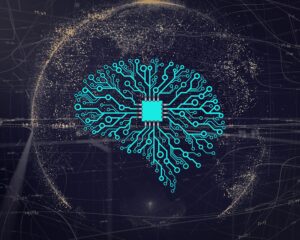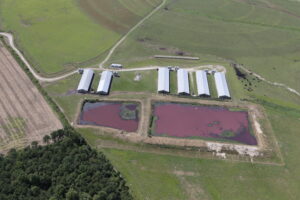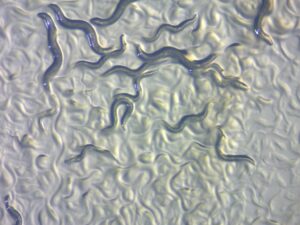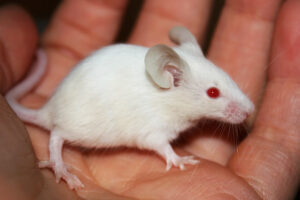
Are Artificial Intelligence Models Ready for Clinical Use?
Image courtesy of Wikimedia Commons. As machine learning algorithms continue to increase in accuracy, their clinical applications have gained more and more interest, as machine

Image courtesy of Wikimedia Commons. As machine learning algorithms continue to increase in accuracy, their clinical applications have gained more and more interest, as machine

Image courtesy of Flickr. The environmental threats posed by fossil fuels, such as their rapid depletion and the climate change threats posed by their emissions,

Image courtesy of the New York Times. Pregnancy is widely understood to be a time of neurophysiological and psychological change for the mother in preparation

Image courtesy of Tai Michaels. The majority of Americans believe that climate change is real—but how important is it to their vote? A team of

Image courtesy of Flickr. Concentrated animal feeding operations (CAFOs), or intensive animal production facilities, minimize the space necessary to produce the greatest number of livestock

Image courtesy of Flickr. For many animals, color guides foraging decisions. In the same way a yellow inverted triangle signals us to yield or a

Image courtesy of Flickr. Historically, in vivo mice models have fallen short of simulating human erythropoiesis, or the production of mature red blood cells (RBCs),

Image courtesy of Michael S.P. Kelley, University of Maryland / Discovery Telescope Observatory. Before our solar system came into existence, in its place was only

There is no cure yet for type 1 diabetes, a disease that affects more than one million Americans. Read the story of a new FDA Breakthrough drug, Teplizumab, that could not only treat the symptoms of type 1 diabetes, but also delay or prevent its onset.

Dark matter is one of the most elusive problems facing physicists today. But researchers at Yale’s Wright Laboratory might have found a new method to detect it.

Random numbers play an integral role in cybersecurity and scientific discovery. A Yale team invented a new laser-based mechanism to generate randomness at ultrafast speeds.
Climate changes is rapidly expanding the range of disease-carrying mosquitoes. Scientists at the Yale School of Environment tackled the issue by using cutting-edge artificial intelligence techniques.